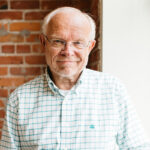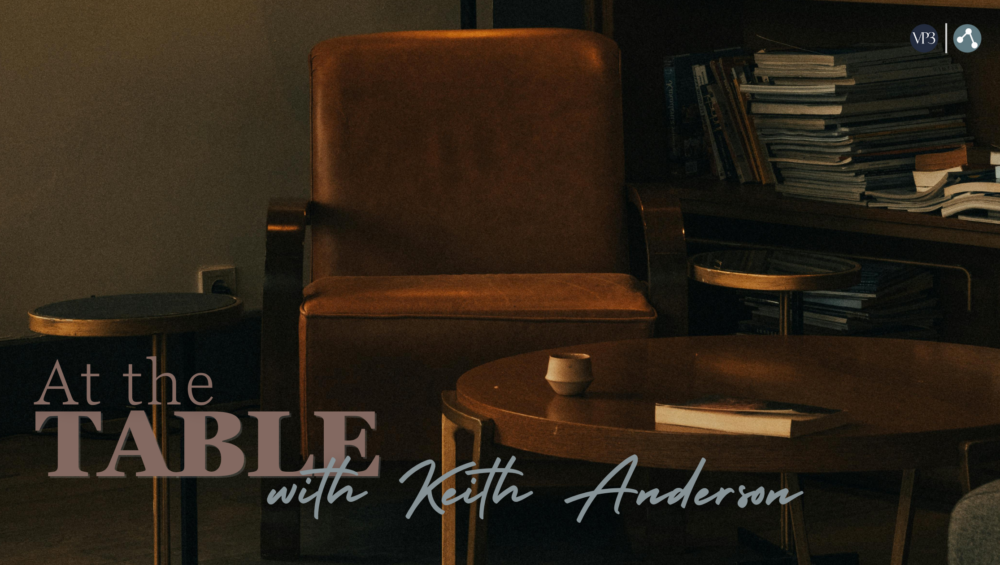Show Me the Way
Henri Nouwen was a man of many worlds — Dutch, Catholic, professor at Yale — yet he walked away from the shining halls of academia into the gentle margins of life. Following Jesus’ footprints into the quiet, often overlooked sanctuary of L’Arche, where people with disabilities live together in community.
That world was not unfamiliar to me. My brother Jerry carries his own story — one shaped by the way others whispered, “Be careful around that young man.” And the harsh names they hurled like stones, retard seemed to be the most common. Nouwen exchanged the polished halls of prestige for the sacred ground of obscurity.
And then he wrote a book, Show Me the Way — a title soaked with longing.
Jesus once said simply, “I am the Way.”
That Greek word, hodos, is plain as a dirt trail winding through hillsides — a path to follow, a road to walk, a journey measured not by maps and mile markers but by the company you keep.
In Jesus’ day, rabbis were wanderers.
They crossed villages and hillsides, teaching wherever hearts were open — under the blue canopy of the skies, around tables set with shared bread, and alongside disciples whose sandals kicked up the dust of the path.
And some would pray a first-century blessing over one another: “May you be covered in the dust of your rabbi.”
That’s the image — to follow so closely that the dust of the one you admire settles into your soul.
The True Question
The true question is never what is the way.
It is who.
And once you see this, there is no turning back.
We’re not collecting ideas, nor piecing together a blueprint for some perfect life.
We are embracing Truth with a face and hands.
We are drinking from a deep well dug by Love itself.
This Way is a person — a Rabbi who still speaks, whose footprints still mark the trail.
And so this Way cannot be bound to blueprints or outlined in bullet points.
“Show me the way” is not a syllabus.
Jesus’ Way is an invitation.
Come and see.
Follow me.
Hear and live.
Who do you say I am?
He sent his friends into the world to practice his welcome.
He told them they were blessed to see what others longed to see.
He let grace pour from him like rain.
He healed and loved because that is who he is — from the dusty roads of Samaria to the cool shade of someone’s dining room.
Wondering at His Way
My grandson asked me once, “Why does Jesus seem so disorganized?”
And I paused with him.
He wondered at this Jesus who would one moment heal a blind man with mud and spit, then pause again to offer a stranger living water.
“What am I to make of that?”
And I answered, “Maybe that’s exactly what Jesus invites you to do — to walk your days with eyes wide, seeing who God places before you to love.”
He nodded slowly,
and I felt his heart lean toward the Way.
Jesus had a way —
wide-armed and gentle-voiced.
Jesus was the Way — his very life and his wounds spoke grace.
Jesus showed the Way — lifting up the overlooked,
welcoming the tired,
forgiving the lost,
inviting everyone to the table of Psalm 23 — where the Shepherd lays a table for us all.
And so I invite you too.
As you walk this road up to Advent — this road leading toward the light and life of Christmas — what footprints will you leave?
How will you follow the Rabbi’s dust?
Practice
Take a few moments to make your own list of the small, sacred ways you can follow Jesus into this season.
Share your thoughts and stories in the comments — together we can help one another remember that home is not a place we build,
but a Person we follow.
_______________________

Keith Anderson, D.Min., is a Faculty Associate for Spirituality and Vocation at VantagePoint3 and President Emeritus of Seattle School of Theology and Psychology. He is the author of several books, including his most recent: On Holy Ground: Your Story of Identity, Belonging and Sacred Purpose (Wipf & Stock, 2024). His other works include Reading Your Life’s Story (IVP, 2016), A Spirituality of Listening (IVP, 2016), and Spiritual Mentoring (IVP, 1999). In his writing, teaching, and mentoring, Keith seeks to set a table for people looking to enter the “amazing inner sanctuary of the soul” in the most ordinary and extraordinary moments of life.


3 Comments
This is a powerful Segway into the season of Advent. It is always fascinating how human behaviour responds to things we don’t understand. Diverse abilities mirror to us the beautiful array of “the body” of Christ and how each person is part of the sum of it! I find in those subtle differences or “cracks” – is exactly where the “light” shines through. It is a reminder to me to be curious around the encounters that offend or don’t make sense – PAUSE – and consider the path of Jesus. The question I have asked myself in these situations is “what would LOVE look like,” in this dynamic or perception? I believe that is the invitation to follow Jesus…. His responses do not diminish others , He has a way of illuminating all that is possible and good! My hope is to get that right more than not through the power of His Holy Spirit within ! There is something about choosing to not be offended and not to offend – but to remain curious and open to “wonder” how Jesus would navigate it all!
As always, Wendy, your heart and spirit show us in most practical steps”the Way,” Jesus himself. “His responses do not diminish others.” What a rich insight! If something makes less of us, it isn’t from Jesus. Maybe that’s the abundance John talks about.
Love this Keith… Thank you.
A portion of this made it into The Journey Refreshed, Stage 3: A Shared Life.
May we be covered in the dust of our rabbi…